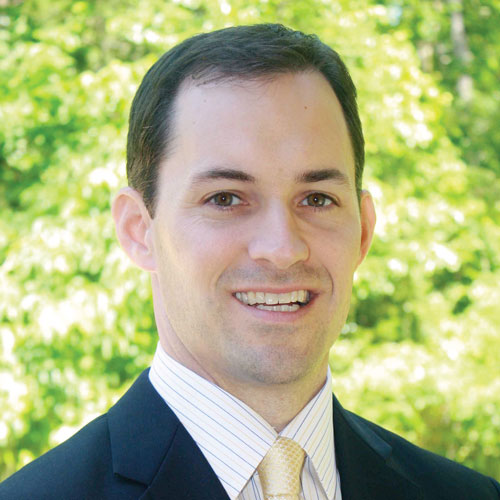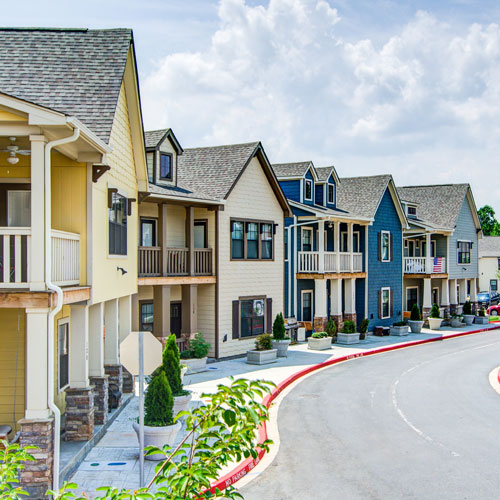
When and why did you decide to found Primrose?
I’m a CPA by trade. My first job out of college was for a company that managed an independent senior-housing project; I collected rent and did the bookkeeping. In seven years, the housing project never had a vacancy for more than a month, and it was doing very well financially. A few years later, in another job, I did an audit for a nursing home and saw similar things. I began researching demographics and trends related to aging, and I realized that senior housing would be the future.
It seems like there are a lot of options for seniors today. There weren’t then?
This was almost 30 years ago, and at that time, your options were moving into a nursing home or living with an adult child. And those weren’t always good options, as I saw personally. At the time, my grandfather was in his 90s, living at home, waiting to die, and I thought, “Shame on us; older folks deserve to be active and engaged.”
So, you opted to build a retirement community? That seems like a big leap.
I did a lot of research. There was no Internet back then, so I read, and I toured whatever facilities I could find. There were facilities out there, but not a lot. Then I sat down with my uncle, who was a contractor, and developed a design for an independent-living facility. We built the first one in 1991.
You said there were a few other independent-living facilities out there when you started. What did you want to do differently?
It was fairly simple. I wanted a community where older folks like my grandfather could be engaged—physically, mentally, and socially—and where they could get a good meal every day if they didn’t feel like cooking.
That was decades ago. How has the business evolved?
At first, it was independent living. Then, in the mid-1990s, assisted living became a big thing. We initially wanted to stay out of that because the nursing piece came with a complex regulatory environment, but we ended up getting into it anyway, adding assisted living—which we call catered living—to all of our existing communities and making it part of our model for new communities.
More recently, we’ve added townhomes and villas—separate buildings for younger seniors—to our communities. Since the economy changed four or five years ago, we’ve seen seniors waiting longer to move into senior-living facilities, essentially bypassing the independent-living piece. The townhomes and villas are geared toward them.
As a pioneer in the industry, you must have encountered a lot of challenges.
Initially, when we mentioned “apartments” that would cost a couple thousand dollars a month, seniors and their adult children would balk. We had to educate them for a while, get them to understand this isn’t just an apartment; it comes with security, activities, common spaces, and amenities like beauty salons and theaters.
The concept is well understood now, though, correct?
Yes, particularly in the last five years, senior housing has become its own industry. Back when I started, independent living was just multifamily housing, and assisted living was just skilled health care.
What makes Primrose unique in the senior-living market today?
A lot of it has to do with the size of our communities: around 80 to 90 units. The design is also important: when you walk into our buildings, they don’t feel institutional; the layouts and colors are homey. Then, there’s our staff: we find team members who really have a passion to serve seniors. It’s pretty hard, what these people do every day. You have to be patient and giving and understanding.
Are you seeing any new trends or things you might change going forward?
Memory care, for people who have Alzheimer’s and dementia, is becoming a big thing. 60 Minutes discussed it recently and reported that in 10 years there will be more seniors over 90 with dementia than there are total dementia patients today. Adapting to that reality, we worked with a St. Paul[, Minnesota,] architecture firm, WAI Continuum, to develop a new prototype that included a memory-care facility. It’s a separate building in our communities.



